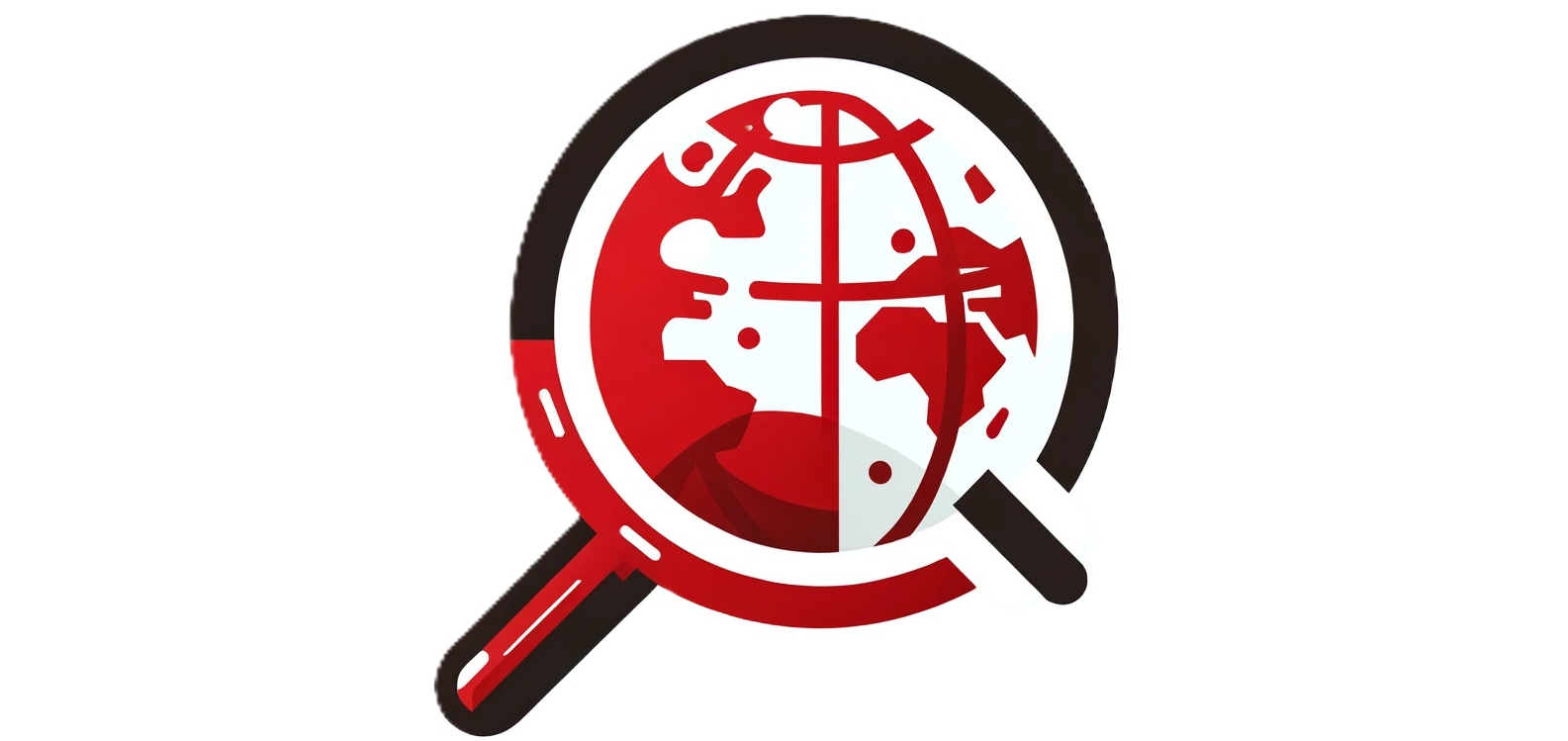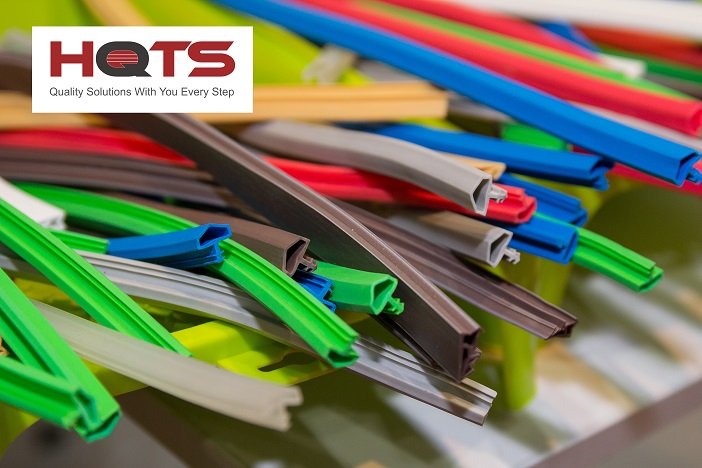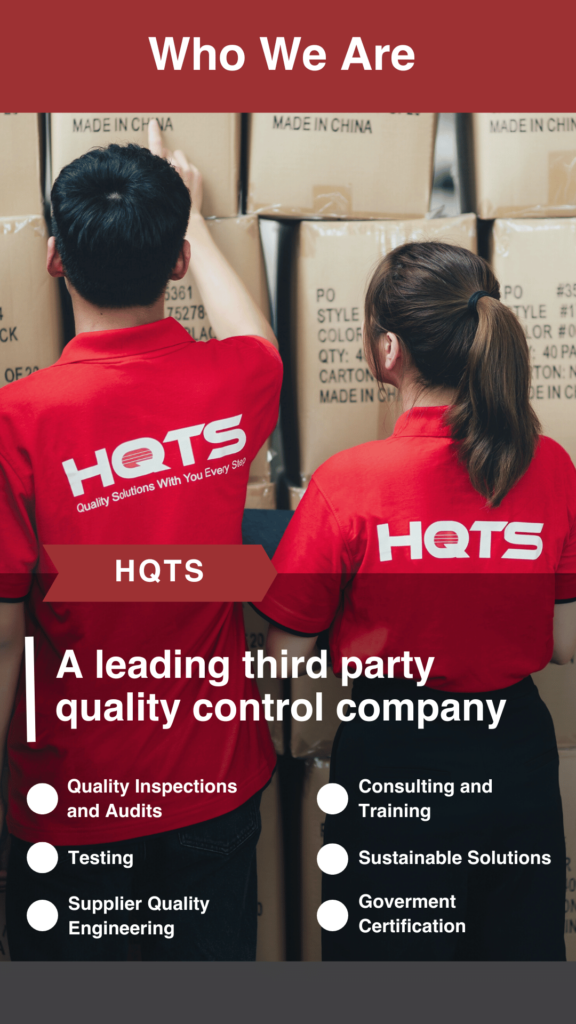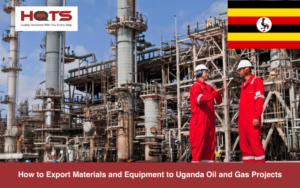Southeast Asia accounts for 97% of the world’s natural rubber production with Thailand being the largest producer followed by Indonesia and Vietnam. Other large rubber producers in the region include India, China and Malaysia. In 2019, natural rubber production globally stood at 13.804 million tonnes, in 2020 this is expected to rise 2.7% to 14.177 million tonnes, only a small increase which is largely due to the coronavirus pandemic.
Rubber is one of the greatest natural commodities in the world and its versatility makes it ideal for many different applications. The rubber industry manufactures numerous useful items, including rubber matting, auto tyres and tubes, vehicle parts, such as seals and timing belts, conveyor belts, footwear, cables and wires.
By far the most common use for rubber is to make tyres, around 70% of natural rubber is used for this purpose and more than 20 million tyres are manufactured every year.
Natural Rubber vs. Synthetic Rubber
Natural rubber is produced from a plant which was originally native to Brazil. Its natural properties make it an excellent material for manufacturing tyres. On the other hand, synthetic rubber is artificially produced from a variety of polymers in order to mimic the properties of natural rubber. Synthetic rubber is easier to produce and can be used as insulation for electrical devices. It also has a strong resistance to extreme temperatures and to corrosive environments.
Thailand
Thailand is the world’s largest producer and exporter of natural rubber, with plantations covering 3.3 million hectares and about 1.6 million households are rubber agriculturists. The monsoon weather is ideal for growing the rubber plants. However, they are currently facing a lack of demand, mainly from China. Consequently, large stockpiles are being produced and rubber producers are experiencing a fall in revenue.
Indonesia
Indonesia is the second largest natural rubber producer globally, providing 2.54 million metric tons of rubber annually and their rubber plantations cover 3.175 million hectares. However, like Thailand, Indonesia is currently experiencing oversupply issues, demand has slowed down, particularly from China who are the largest buyer in the world.
Malaysia
The third-highest volume of rubber comes from Malaysia. In Kuala Lumpur, Malaysia’s top rubber manufacturing factory, Top Glove can produce 200 million natural and synthetic gloves in a day. However, throughout the pandemic, they have struggled to keep up with orders as countries are now ordering 100% more than expected. Their factory can only increase capacity by 20% and, therefore, there is a supply shortage of between 50 and 80%. The company has had to adjust their delivery time from 30 days to 150 days to keep up with demand. Top Glove is rushing to source 1,000 workers to keep up, they usually source them from Nepal but with borders being closed, they are having to source within Malaysia.
Vietnam
Vietnam is the fifth largest rubber producing country and they produce 550,000 metric tons per year and their plantations cover 512,000 hectares. Vietnam accounts for approximately 8% of the global output and more than 80% of that production is exported to 86 different countries, with China being the largest market for Vietnam’s rubber exports.
China
China is the world’s largest consumer of natural rubber, followed by India and the USA. The economic downturn currently being experienced in China remains a concern for the global rubber industry as the oversupply situation persists. Malaysia, Indonesia and Thailand are having to reduce their output of the natural material, which is used in manufacturing various products, including car tyres. The slowdown in the Chinese economy remains a concern for the global rubber industry. The Coronavirus outbreak is expected to have long-lasting impacts on the rubber industry throughout South East Asia.
Southeast Asia Farming
Across Southeast Asia, traditional agriculture is giving way to high-value cash crops and this includes, rubber. Although rubber was originally a native of the Amazon basin, currently 97% of the world’s natural rubber comes from Southeast Asia. Since 2014, rubber plantations cover 94,282 square kilometres of the Southeast Asian highlands. In the past, traditional farmers in much of this area practiced shifting cultivation; removing forest cover in small patches, growing crops for a few years, and then moving on. However, more recently traditional farming is practiced less and less as large rubber producing companies are taking over.
Throughout Southeast Asia, the global demand for natural rubber will continue to drive a transition from traditional farming systems to rubber plantations. The impact of this transition on local farmers varies, depending largely on government policies and programs. With a seven-year delay between planting and first harvest, rubber is a long-term investment, so first and foremost, farmers must have secure, long-term access to their land.
Demand
Demand for synthetic rubber has been crippled by lockdowns, border closures, transport restriction and travel bands across Southeast Asia.
“There is no trade, or enquiries. Business has stalled due to the lockdowns. Goods are piling up in warehouses as there is no demand. Shipments have been cancelled, delayed or are stuck at ports, and buyers are not placing any fresh orders,” a rubber trader quoted.
Major tyre and car manufacturers have either sharply reduced their operating rates or shuttered their respective facilities worldwide and unfortunately, rubber prices are going to continue to rise as COVID-19 drives up demand.
About AQM BD
AQM BD has over 25 years of experience in quality assurance. With more than 80 offices around the world, including across Southeast Asia, AQM BD is ready to be your quality service provider at every step of the way. We offer fast, flexible, and reliable services for all your inspection needs. Contact us today for more details.
Sources:
https://www.coruba.co.uk/blog/the-biggest-rubber-producing-countries/
https://www.rubbernews.com/coronavirus/coronavirus-upends-tire-production-news-you-may-have-missed





